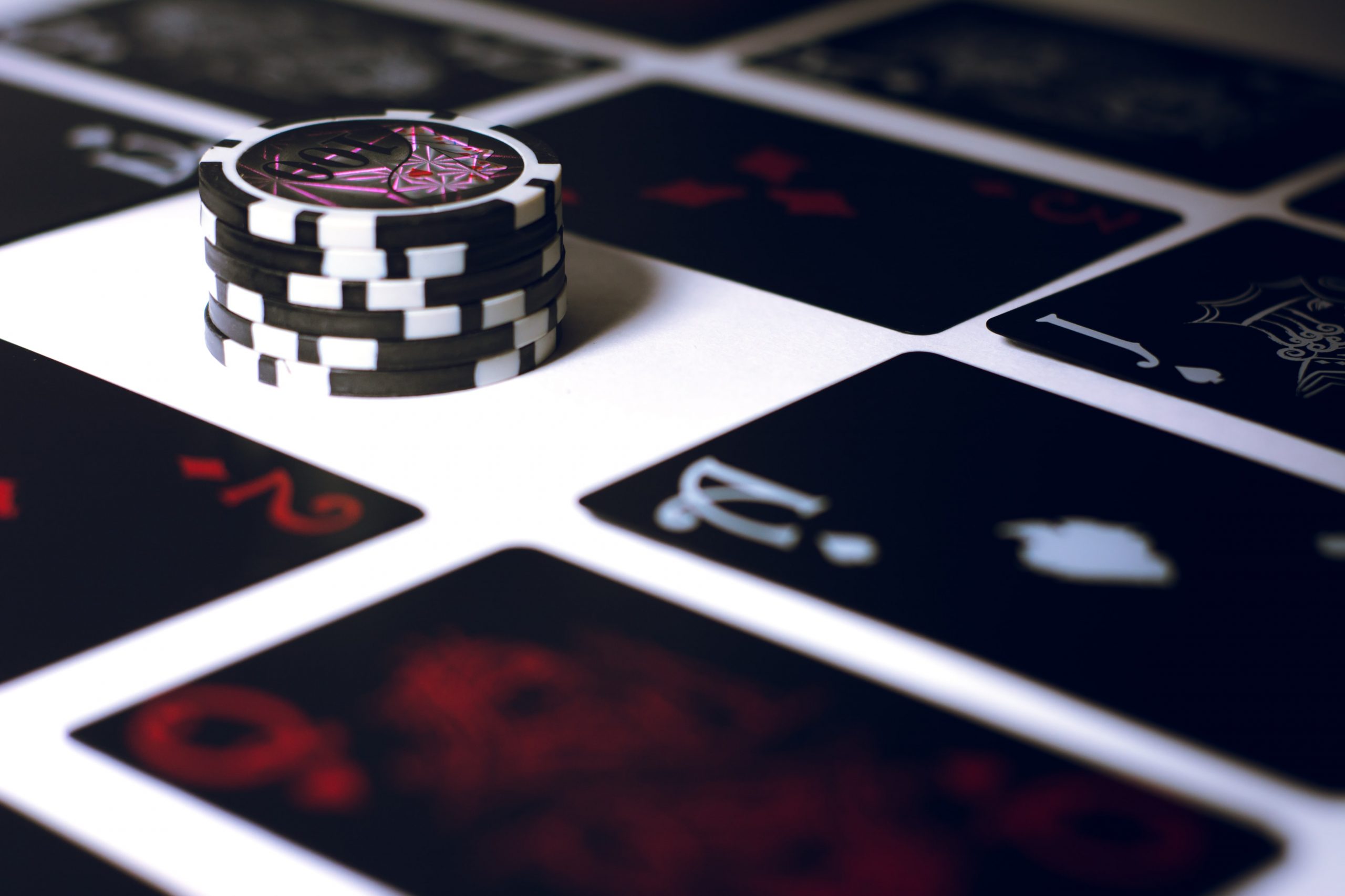What are the fundamentals of poker?
September 2, 2021

Germans have been playing a bluffing game known as ‘Pochen’ since the fifteenth century. It was later adapted into a French version known as “Poque,” which was eventually introduced to New Orleans and played on Mississippi riverboats.
The game was subsequently refined in the 1830s and became known as poker. A crucial card drawing rule was implemented to boost the hand during the Civil War. Stud Poker, a variant, arose around the same period. There are hundreds of different poker variations, and the game is played not just in homes but also in many poker rooms at well-known casinos. Poker can be played for pennies or matches in a casual setting, or for thousands of dollars in a professional setting.
Poker is a game of chance, but it also demands a great deal of skill, and each player is the master of their own fate.
PACKAGING
Uses a conventional 52-card deck, with one or two wildcards thrown in for good measure. Poker is a one-pack game, but to speed up the game, practically all clubs and games played by the greatest players now employ two different colours. The other package is shuffled and prepared for the next transaction once one is split. The following is the technique for the two packs: While the store is busy, the previous dealer gathers all of the cards from the pack he just dealt, shuffles them, and sets them to the left. The mixed lid gets transferred to the next dealer when it’s time to close the next deal. When two packs are employed, the left opponent chops the pack instead of the right opponent in many games.
Clubs often change cards and allow all players to request fresh cards at any time. When new cards are released, both packs will be changed, and the new packs’ seal and cellophane wrapper will be hidden from view by all players.
SCORING / CARD VALUES
When it comes to poker, there are many different formats to choose from. A player who understands the values of poker hands and the betting principles may play any sort of poker game without difficulty. A poker hand consists of five cards, with the exception of various variations of the game. Five of the five types (highest) or none (lowest) are used to rate combinations of different poker hands:
Five of a Kind – This is the best possible hand, and it can only happen in games with at least one wild card, such as a joker, two one-eyed jacks, or four deuces. Four tens and a wild card, or two kings and three wild cards, are examples of five suits.
Direct Flush – When only the standard pack is utilised and no wildcards are used, this is the best possible hand. A straight flush is made up of five identical cards, such as the 10, 9, 8, 7, and 6 of hearts. For a single suit, the highest straight line is A, K, Q, J, and 10, and this combination is known as Royal Flush or Royal Direct Flush. The chances of splitting this hand are about 650,000 to one.
The fourth highest hand is four of a kind, which is directly behind the straight suit. Four aces or four threes are two examples. Regardless of what the fifth, unrivalled card is. Full House – A full house is made up of three cards of the same suit and two other cards, such as three 8s and two 4s or three aces and two 6s.
The suits are five cards, all of the same suit, but not all in a row. Q, 10, 7, 6, and 2 clubs are an example.
Straight – A straight is five cards in a row that are not all the same. As an example, ,,,,,,,,,,,,,,,,,,,,,,,,,,,,,,,,,,,,
Three of a Kind consists of three cards of same rank plus two more cards, each with a different placement, for as three sockets, seven, and four.
Two Pairs – This hand includes a pair of one and better, as well as any fifth card of a different rank, such as Q, Q, 7, 7, 4, and so on.
One Pair – There is only one pair in this facedown hand, while the other three cards are of varying ranks. 10, 10, K, 4, 3 is an example.
There are no pairs in this common hand. There are no pairs among the five cards, nor are they all of the same suit or consecutive. If no one has a pair, the hands are rated according to the highest card in each, with an ace-high hand winning the king’s high hand, and so on.
Because suits have no relative place in poker, two identical hands, card after card, are equal. In this situation, the pot is split evenly between the players. If two hands have the same major pair, the winner is determined by the card placement of the next hand. For instance, 9 tricks, 9 tricks, 7, 4 tricks, 2 tricks, 2 tricks, 2 tricks, 2 tricks, 9, 9, 5, 3 and 2 On the fifth card, two hands with identical pairs are also decided. Consider the following scenario: Q, Q, 6, 6, J is the winner with Q, Q, 6, 6, 10.